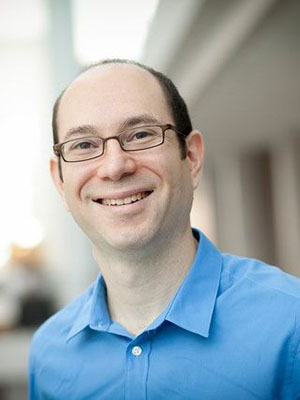Colloquia & Guest Speakers
Tackling Longstanding Challenges in Ultrafast Nonlinear Optics via Foreign but Familiar Physics
Dr. Jeffrey Moses Assistant Professor of Applied and Engineering Physics at Cornell University presenting live in Goergen 101
Monday, November 7, 2022
3:30 p.m.
In-person in Goergen 101 and Zoom
Abstract
Optical nonlinearities have expanded the optics and photonics toolset for applications as diverse as high intensity laser science, information processing, and the imaging and spectroscopy of biological systems. Key to many applications is use of the nonlinear polarizability of materials to couple photons between optical fields, giving rise to amplification and frequency conversion methods that expand the reach of lasers and other photon sources, both classical and non-classical. Other applications use light 'self-effects' to guide, switch, and modulate. However, optical nonlinearities are often small, and even when large enough, the spatiotemporal and spectral inhomogeneities in nonlinear optical systems can severely hamper the efficiency and bandwidth of power flow between waves.
Our group has been seeking ways to 'trick' nonlinear systems into modes of evolution that can avoid the normal limiting behaviors or to make use of unconventional nonlinear interactions. I’ll discuss a few of these that possess familiar physics that are somewhat foreign to optical light pulses, such as rapid adiabatic passage in optical frequency conversion, oscillation damping in parametric (i.e., lossless) wave mixing, and nonlinear optical interactions involving coherent phonon coupling. And I will present some technologies that they can enable, including efficient parametric amplifiers, dispersion-free octave-spanning frequency up- and down-converters, and strong cross-phase modulation.
Biography

Jeff Moses joined the faculty at Cornell University in 2014, where he leads the Ultrafast Phenomena and Technologies Group in the School of Applied and Engineering Physics. He received his BS from Yale and PhD from Cornell, with both degrees in applied physics, and spent several years at the Optics and Quantum Electronics Group in the Research Laboratory of Electronics at MIT as a postdoctoral associate and research scientist. He has received the US National Science Foundation CAREER award and was an Air Force Office of Scientific Research Young Investigator.
